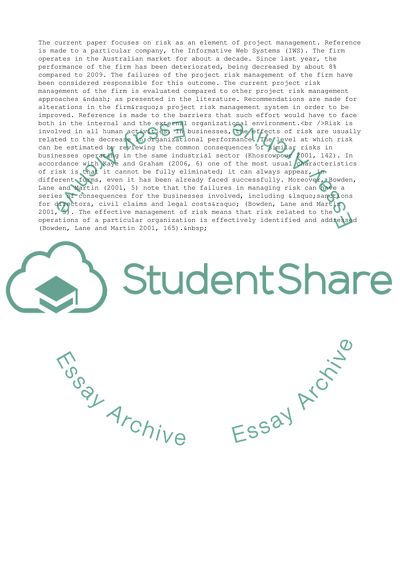Cite this document
(Management Coursework Example | Topics and Well Written Essays - 1750 words - 6, n.d.)
Management Coursework Example | Topics and Well Written Essays - 1750 words - 6. https://studentshare.org/management/1750580-management
Management Coursework Example | Topics and Well Written Essays - 1750 words - 6. https://studentshare.org/management/1750580-management
(Management Coursework Example | Topics and Well Written Essays - 1750 Words - 6)
Management Coursework Example | Topics and Well Written Essays - 1750 Words - 6. https://studentshare.org/management/1750580-management.
Management Coursework Example | Topics and Well Written Essays - 1750 Words - 6. https://studentshare.org/management/1750580-management.
“Management Coursework Example | Topics and Well Written Essays - 1750 Words - 6”. https://studentshare.org/management/1750580-management.


